The human ear, despite its delicate appearance, is able to absorb a large amount of information through a rare, complex structure to recognize sounds and their intensity. Each sound has a decibel level (decibels measure the intensity of the sound heard by the ear), pitch (high or low), frequency (vibrations created by the source per second), and duration.
When creating a minute repeater, the values produced by these sounds had to be considered individually, and the result was a clear, powerful, stable, and crisp sound without any echoes or noise that could spoil the sound, thus bringing a beautiful melody to time.
As one of the key design concepts of the Rotonde de Cartier Floating Flywheel Minute Repeater, Cartier pays special attention to the presentation of exterior components, giving this timepiece a classic character that represents the latest technology. At the same time, extensive acoustic research was conducted to validate the theories related to the case of a striking watch.
Chief among them were tests carried out by a team of Cartier engineers and watchmakers: the same music box was placed in a template made of different materials to develop a new horological theory related to sound propagation, based on the relationship between size (45 mm), weight (approx. 32 grams), and volume (68 decibels).
This relationship can be summed up in the following formula: the lighter the case and the larger the diameter, the more powerful the sound produced. For this reason, Cartier chose a 45 mm diameter grade 5 polished titanium case for the Rotonde de Cartier minute repeater.







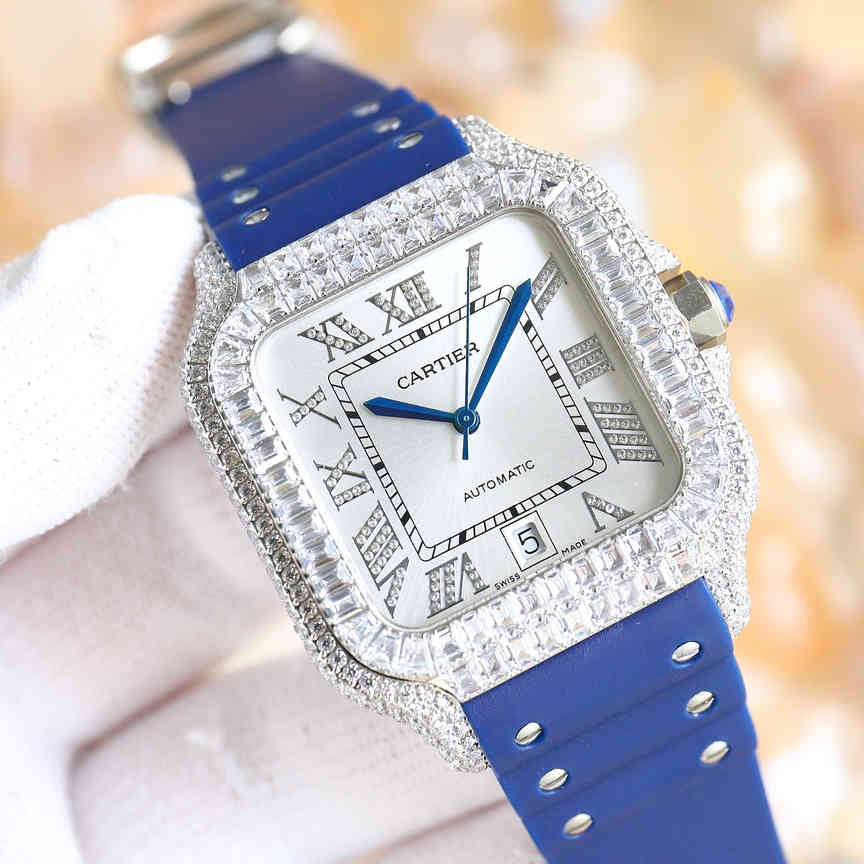
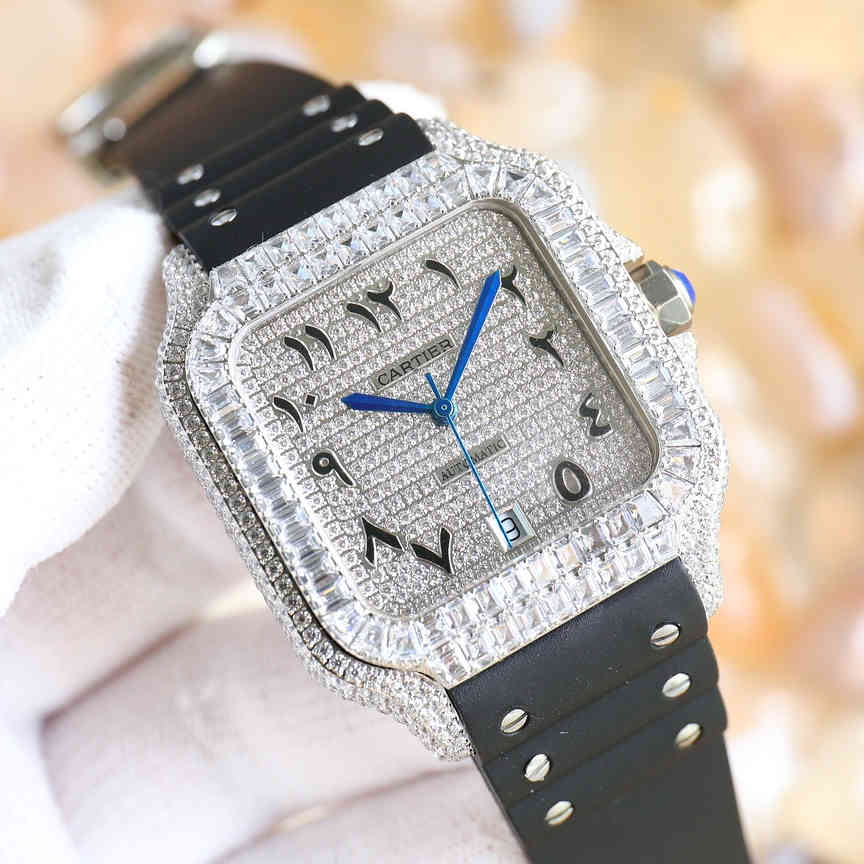
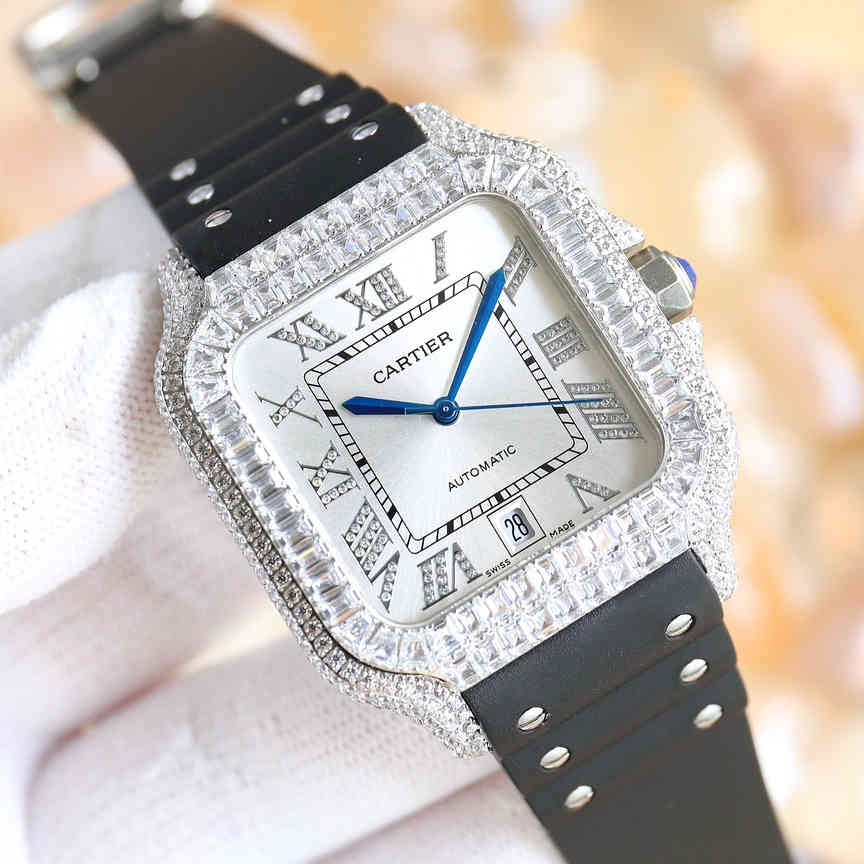
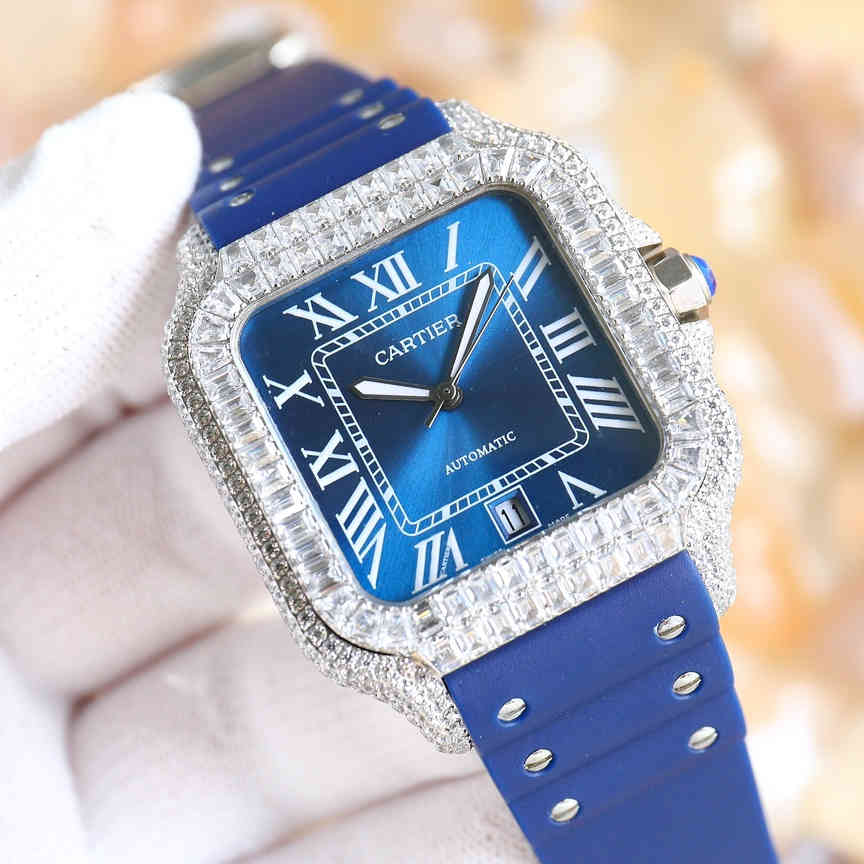
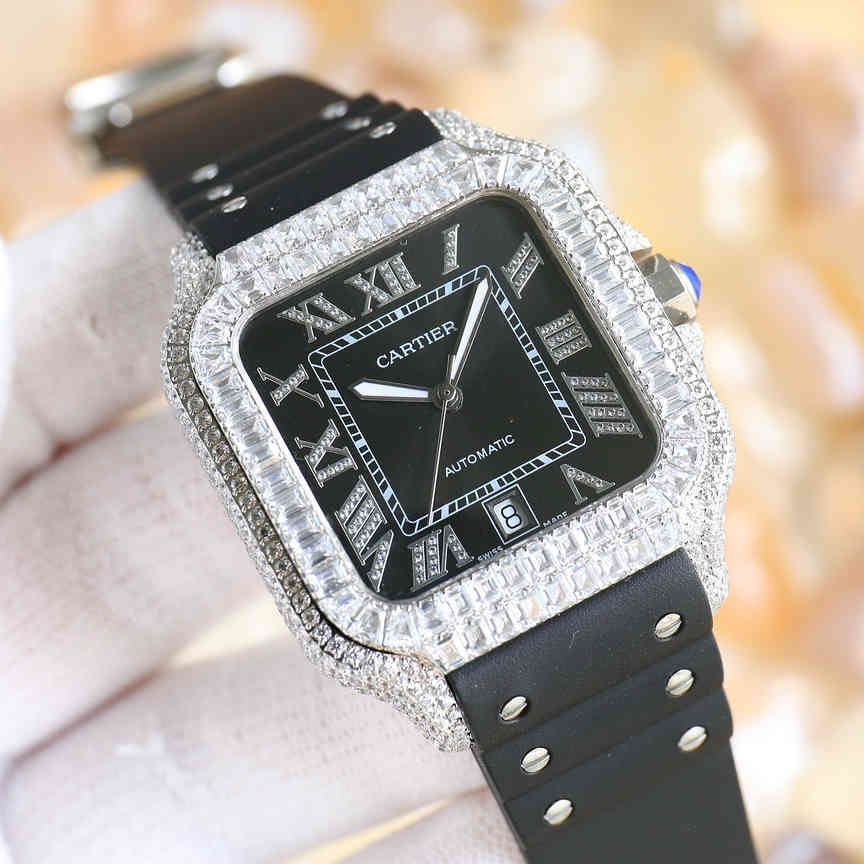
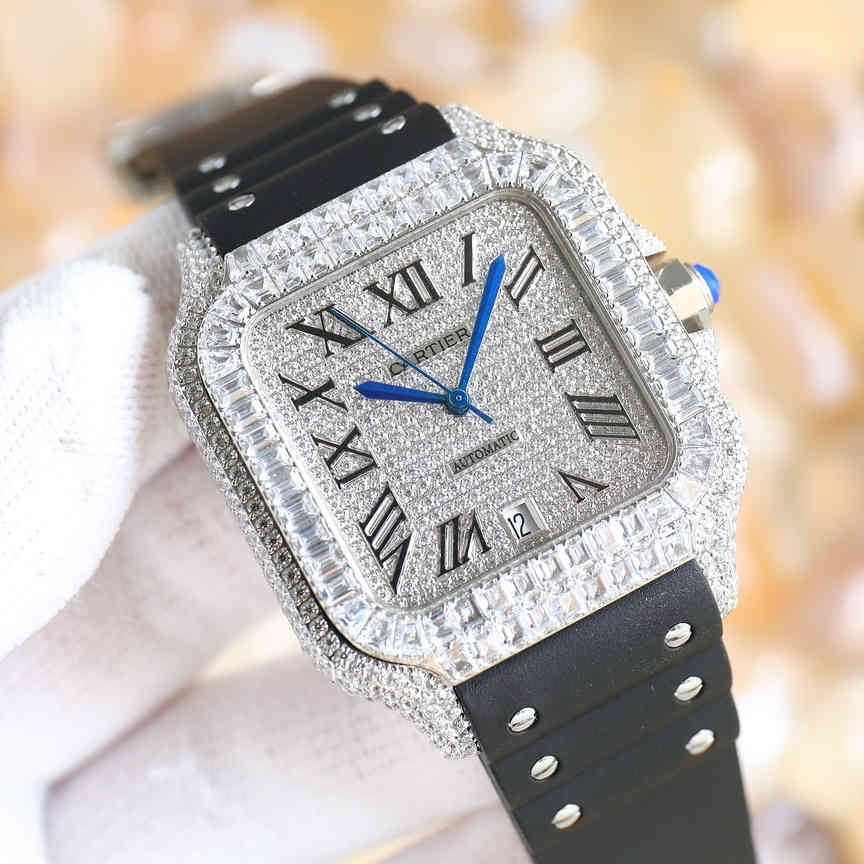
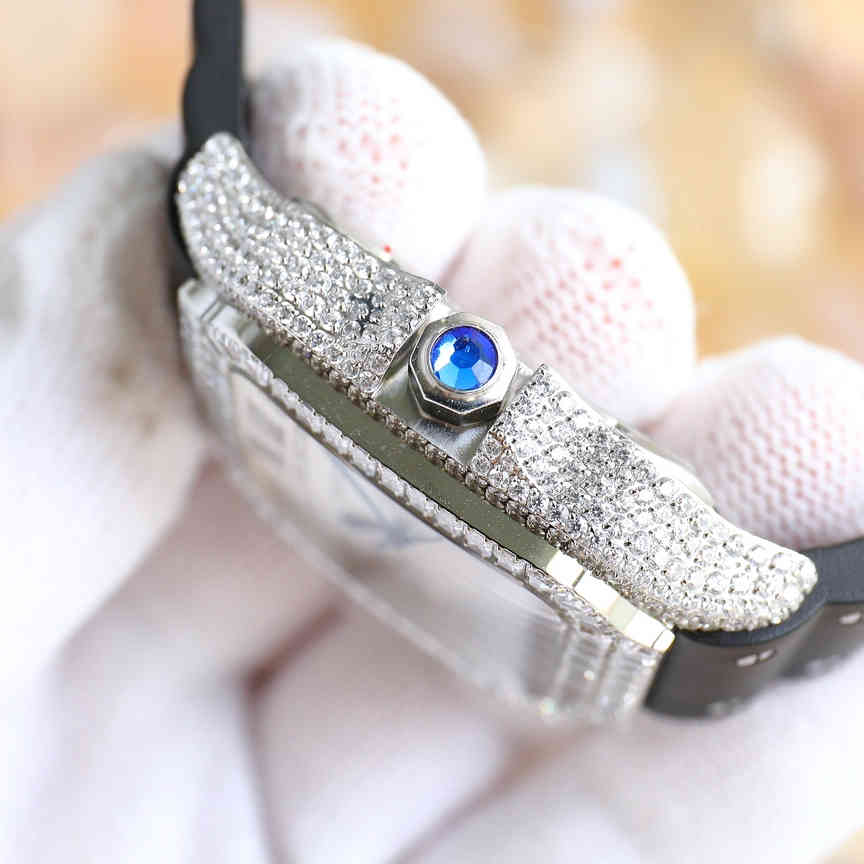
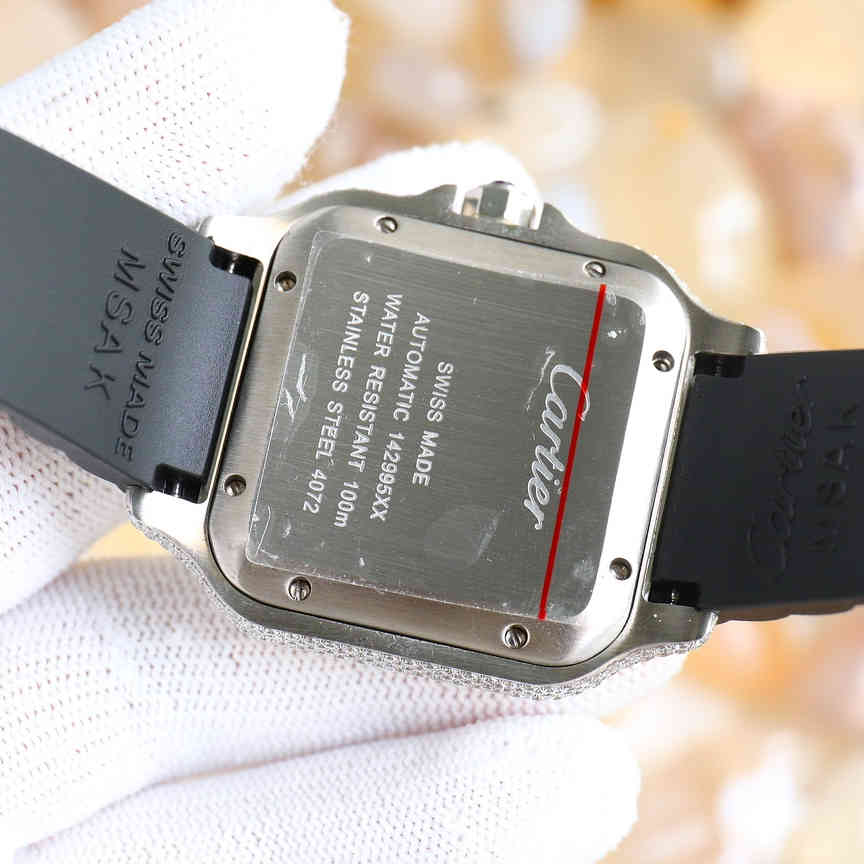
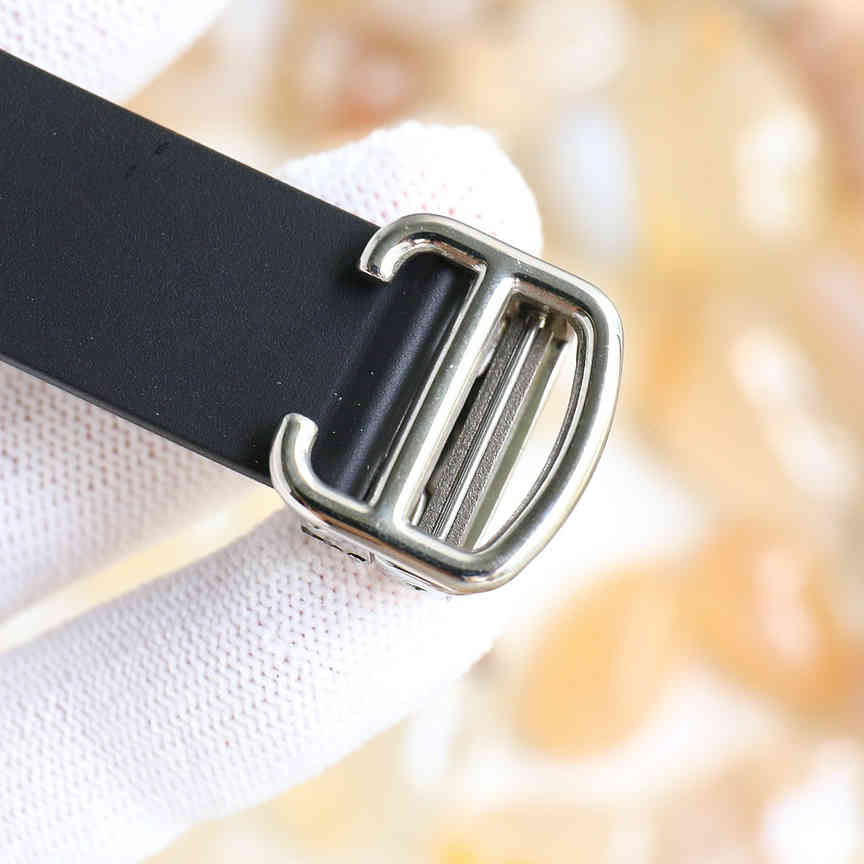












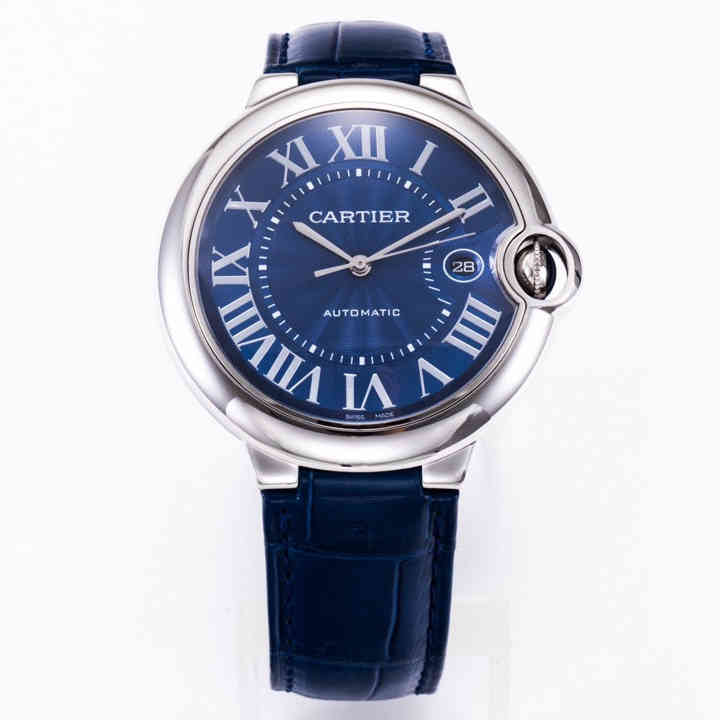
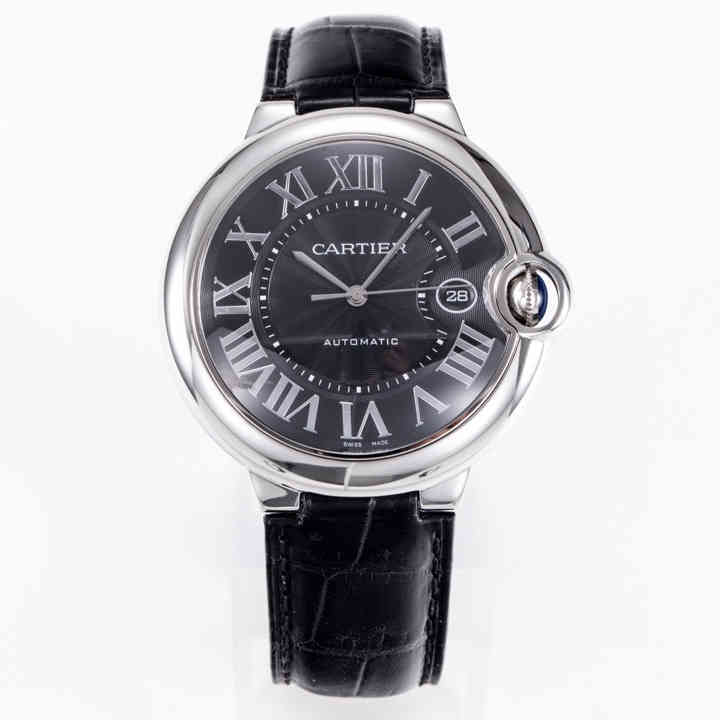

Alice Webb –
My daughter graduated from high school this year and did not go to college. Next month he will go to work in a car repair shop in Denver. I planned to give him a watch, so I bought this. After receiving it, I felt very good and it feels good. Now And I will give it to him when he leaves.